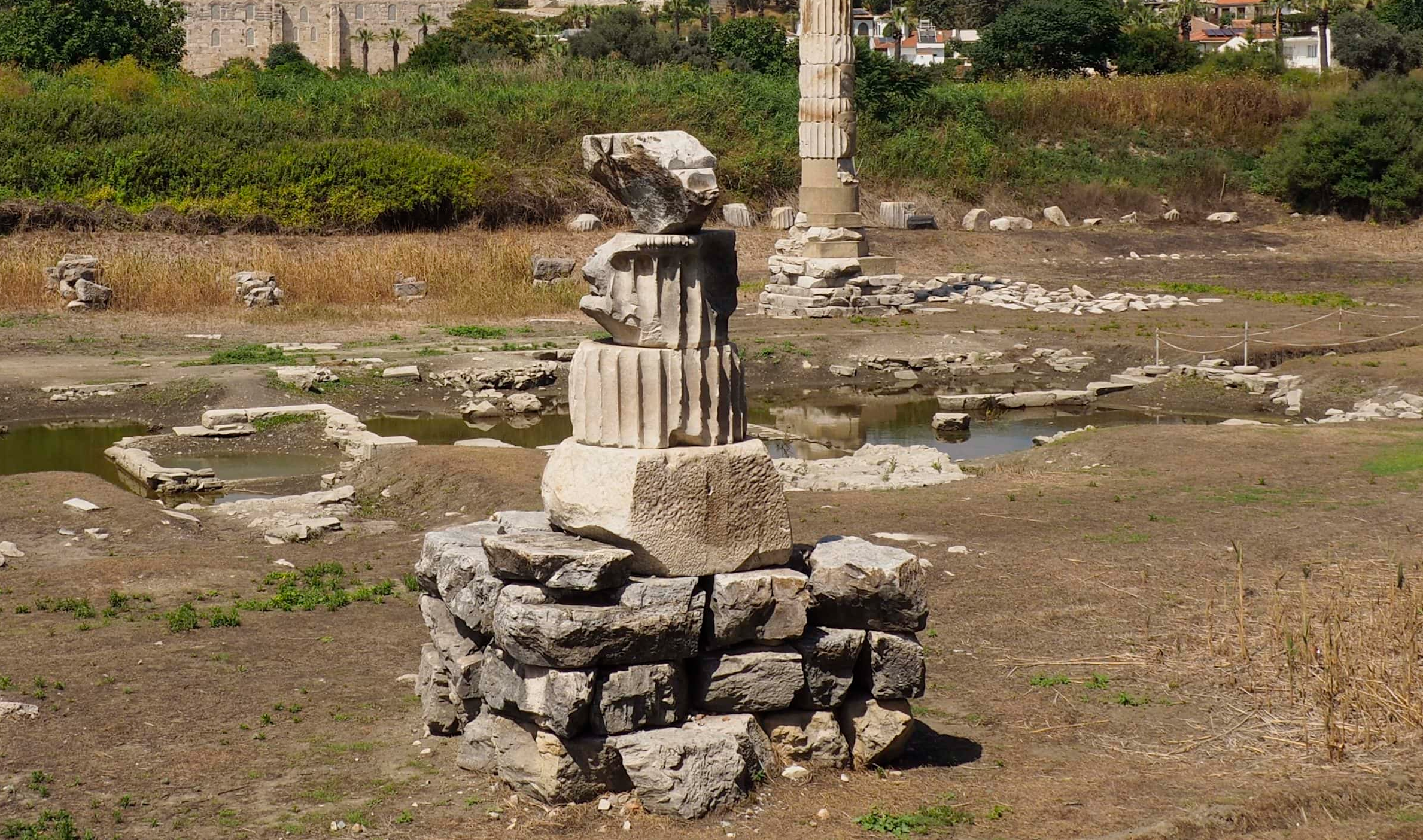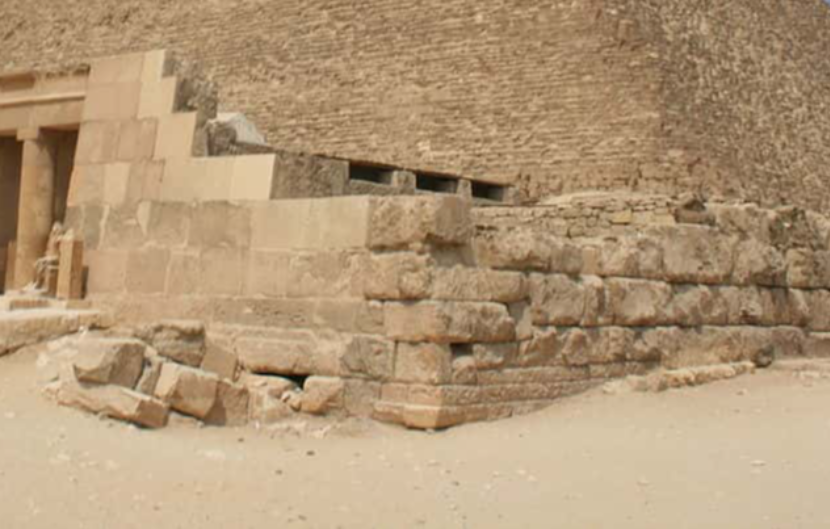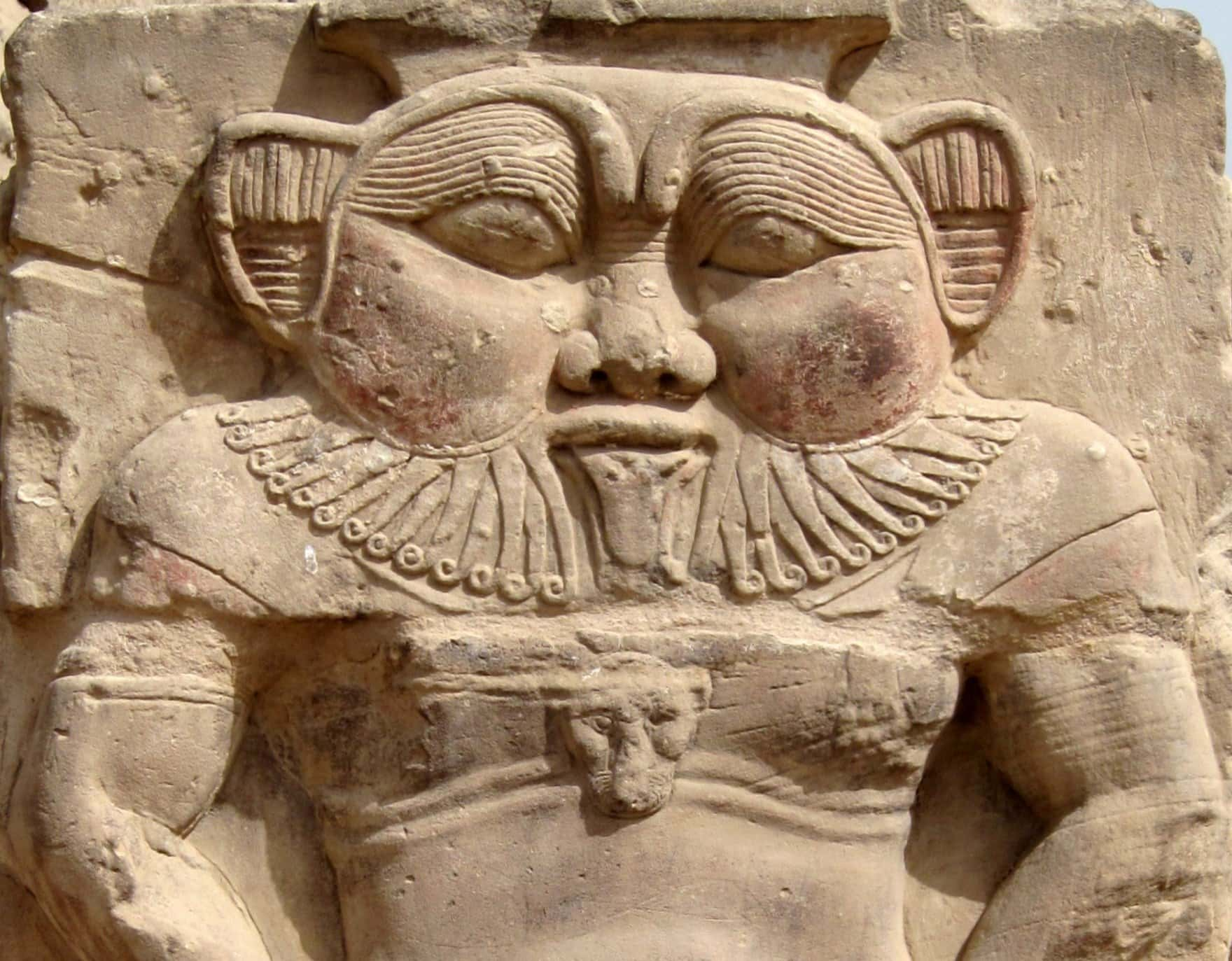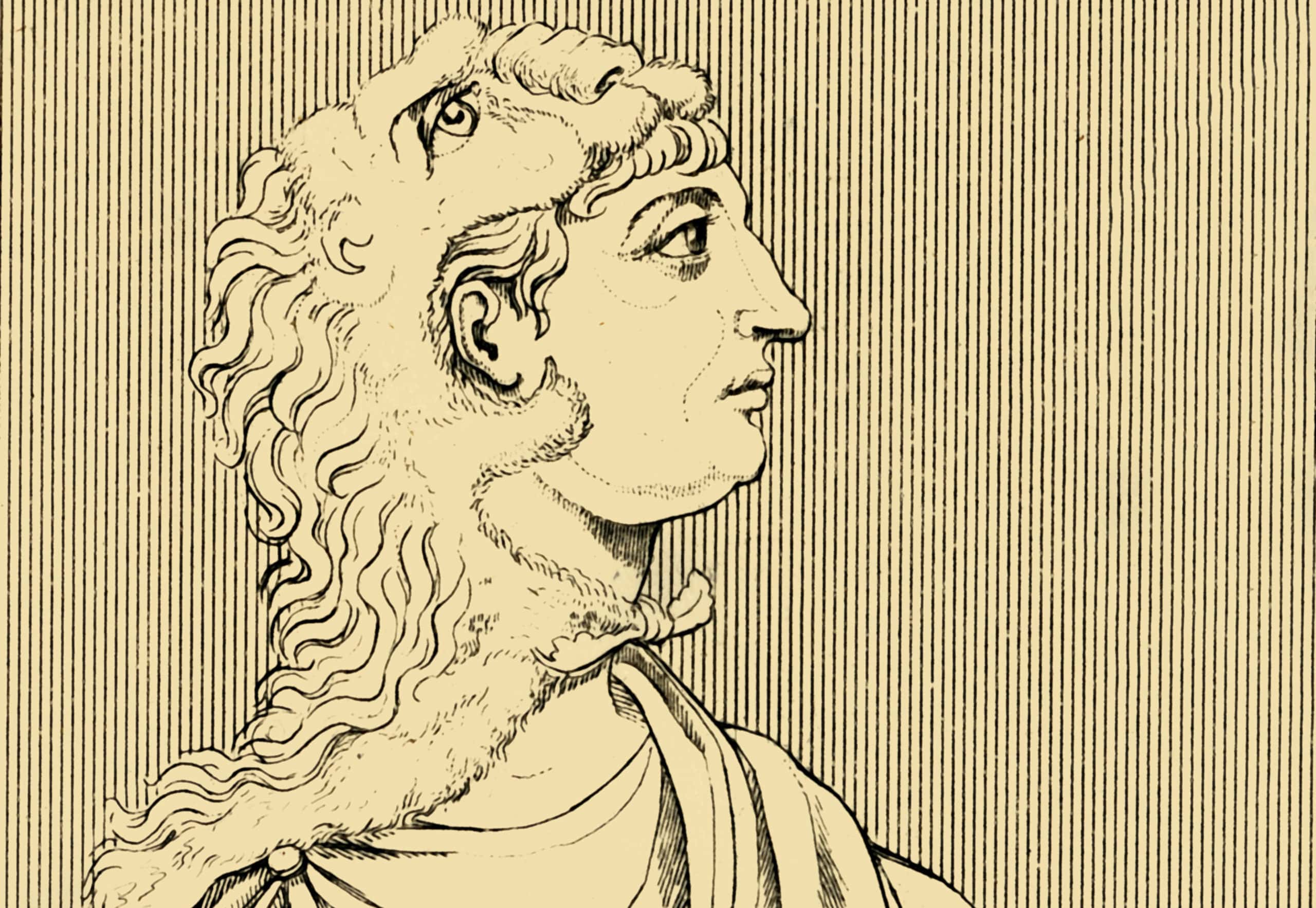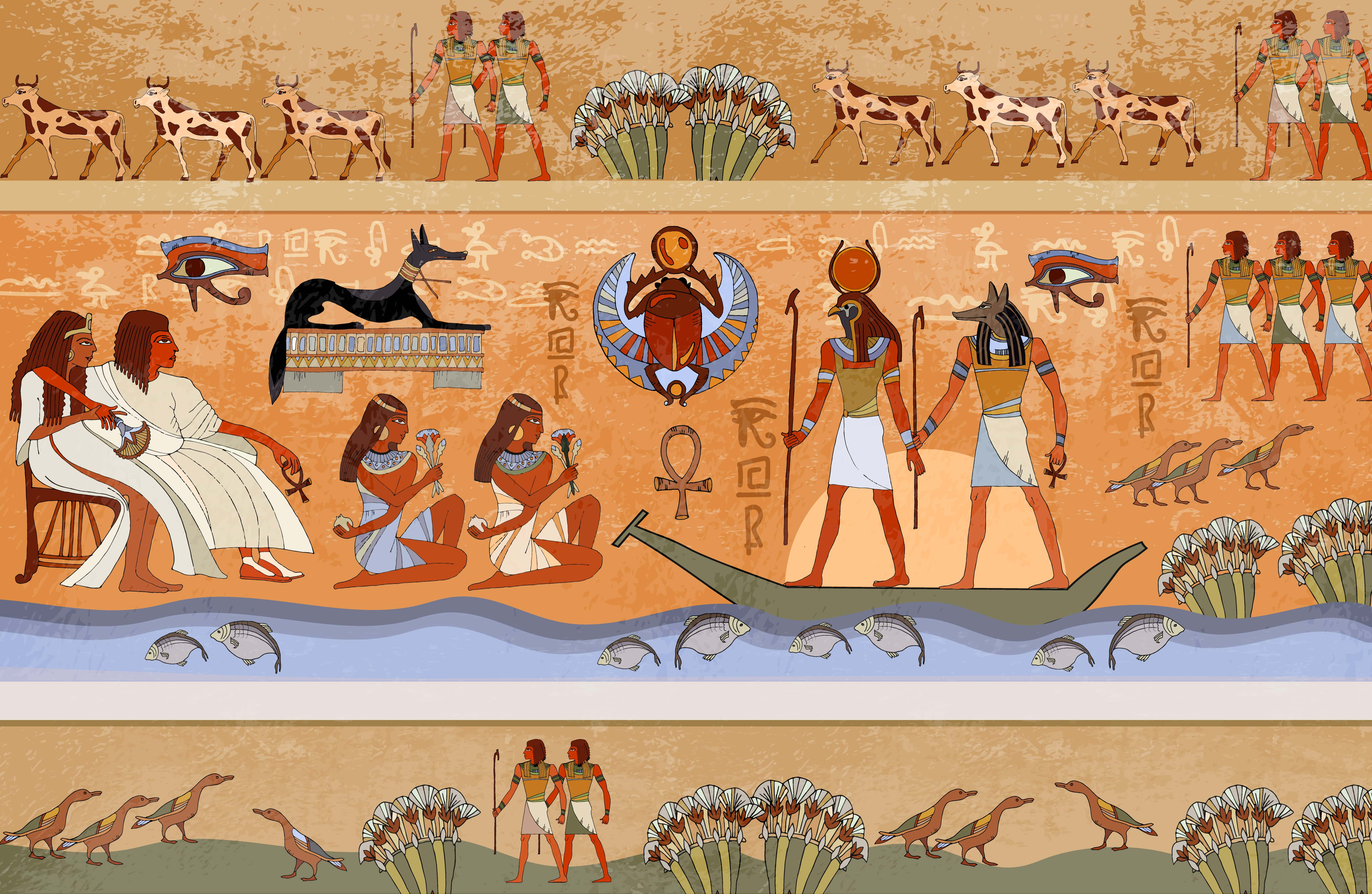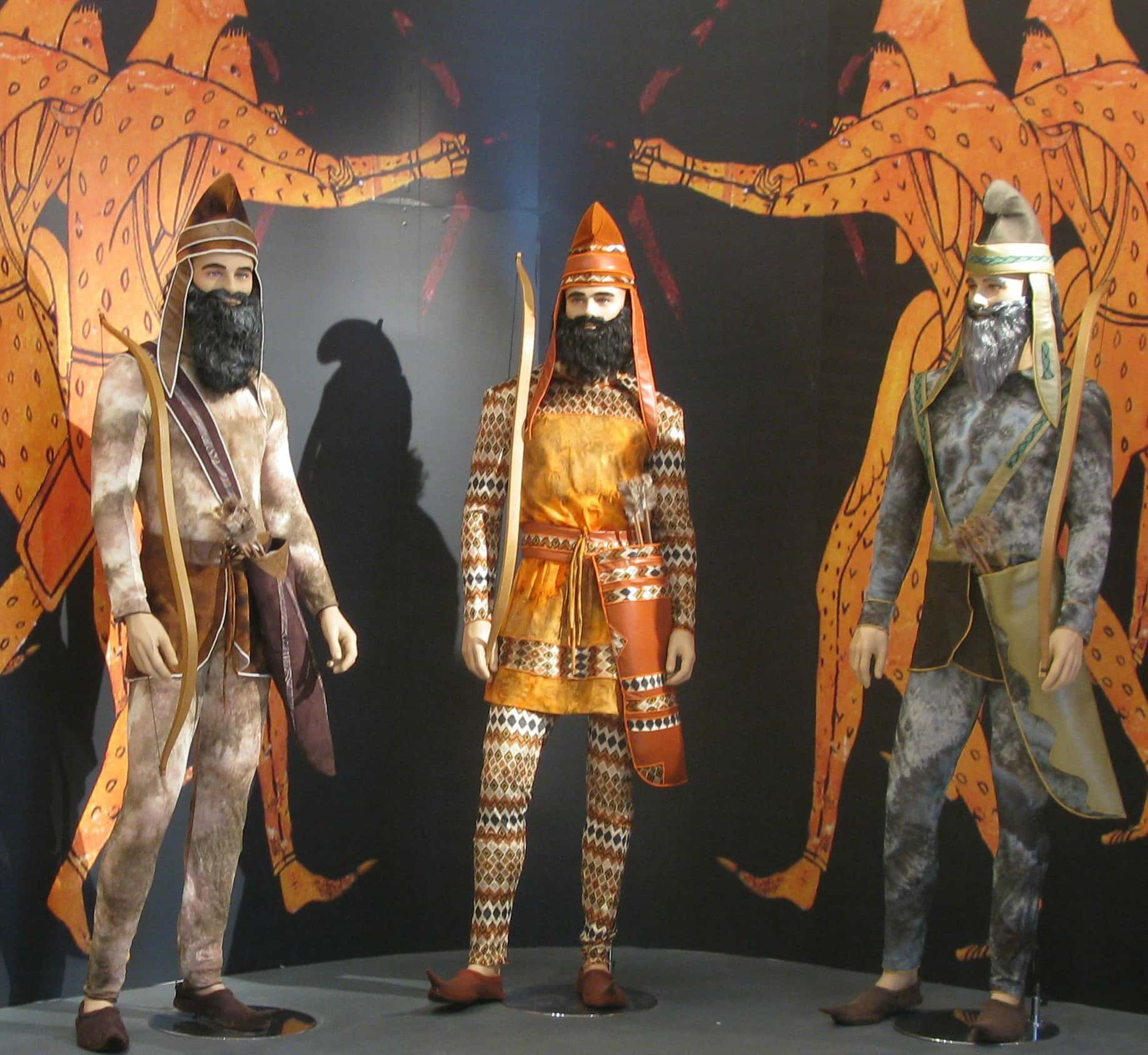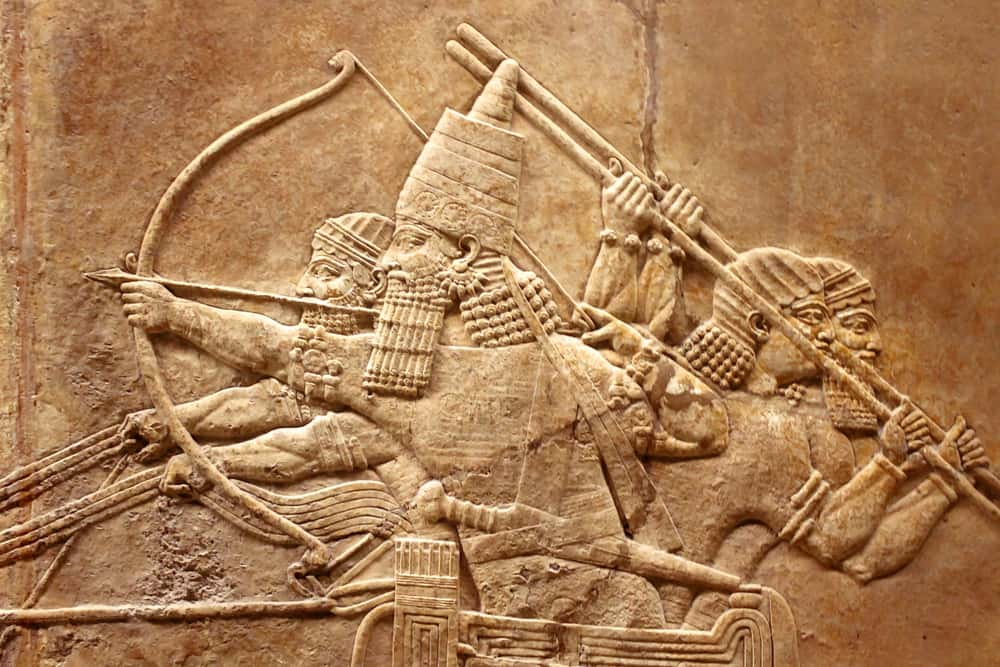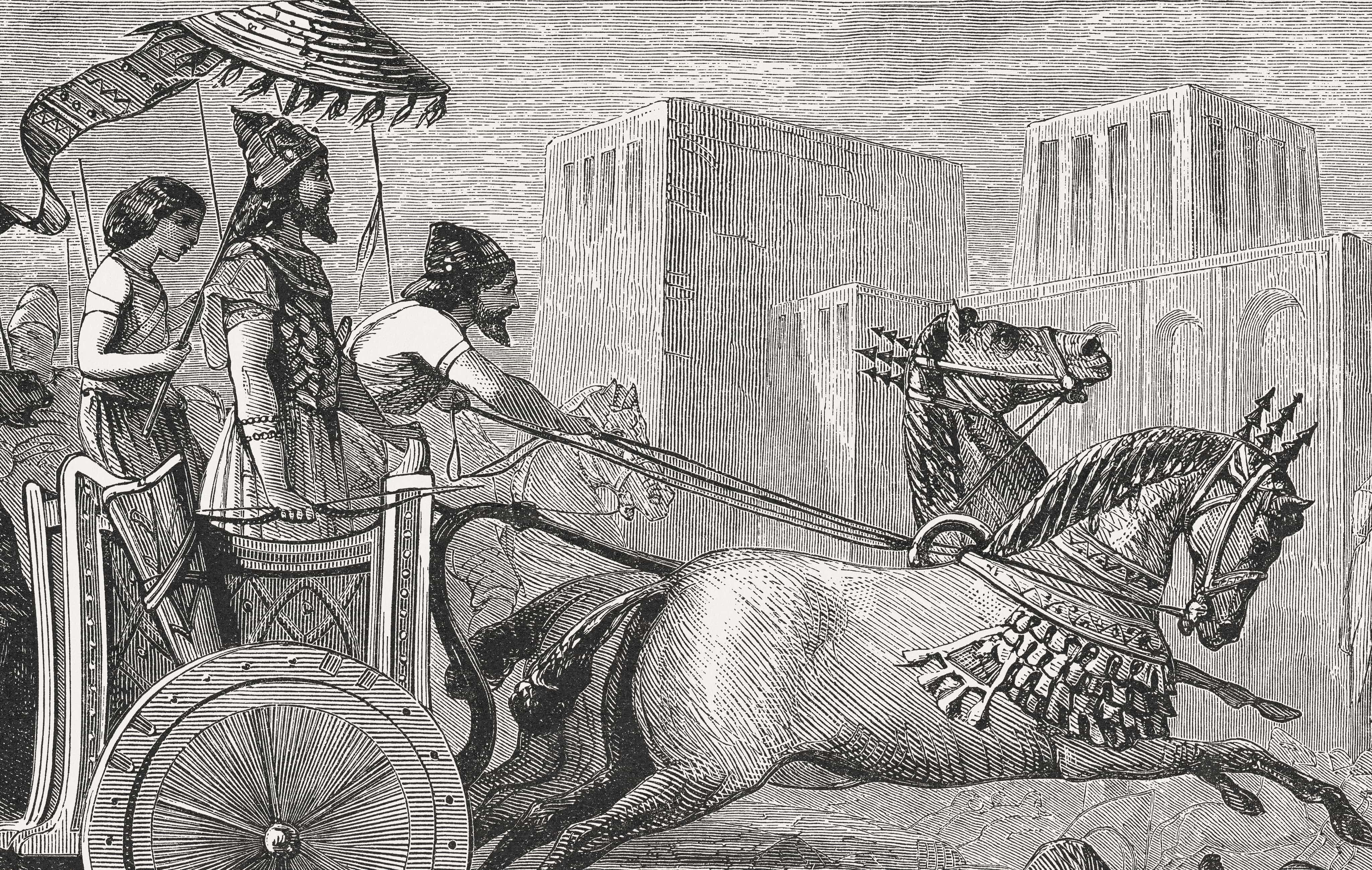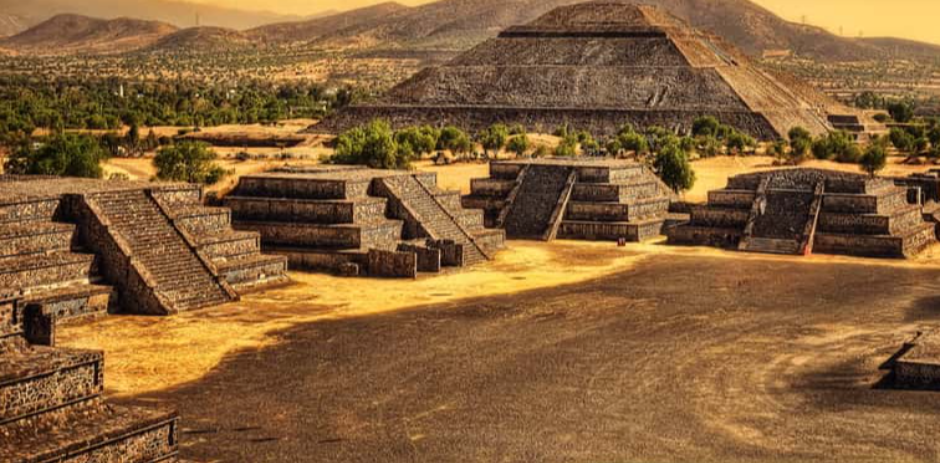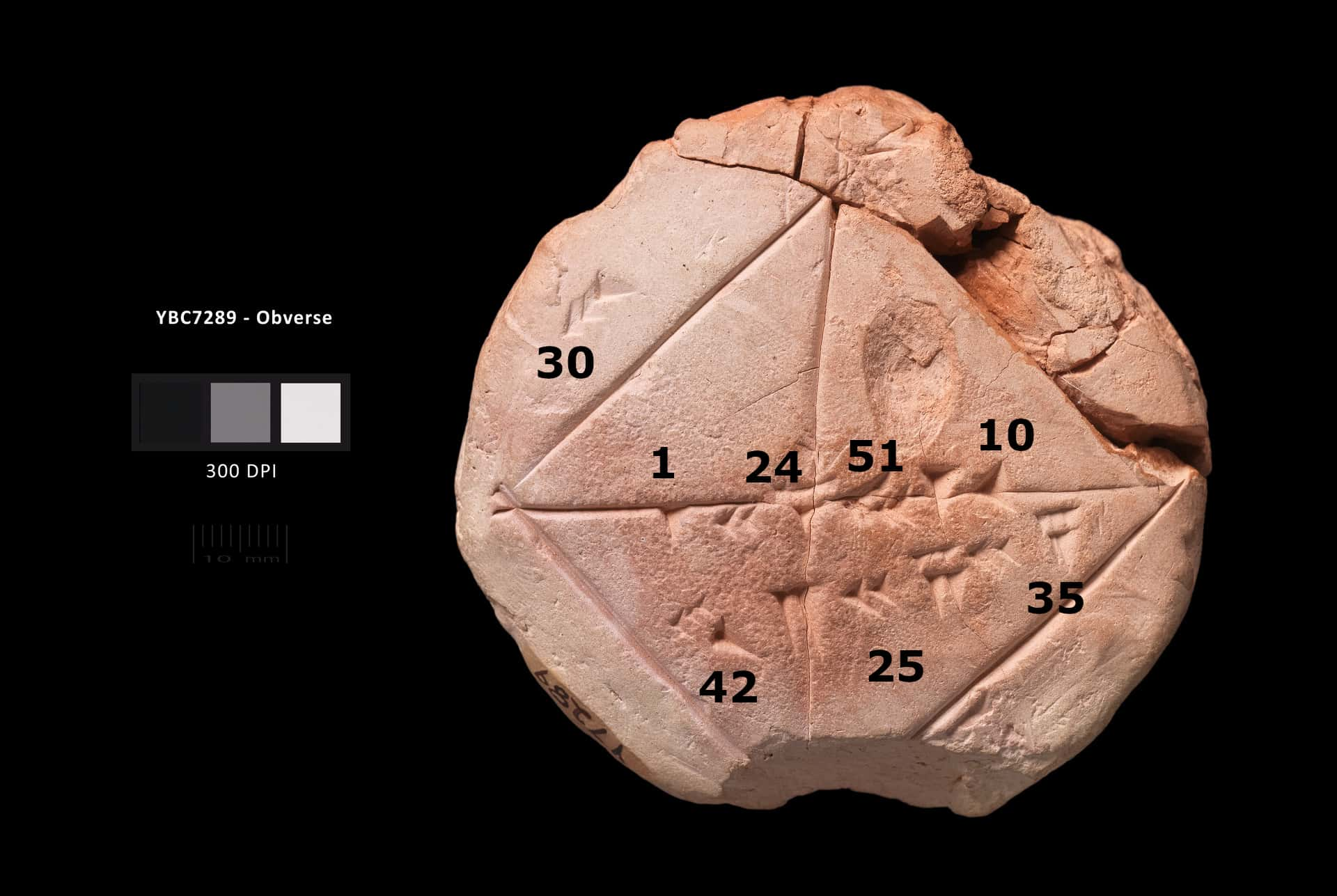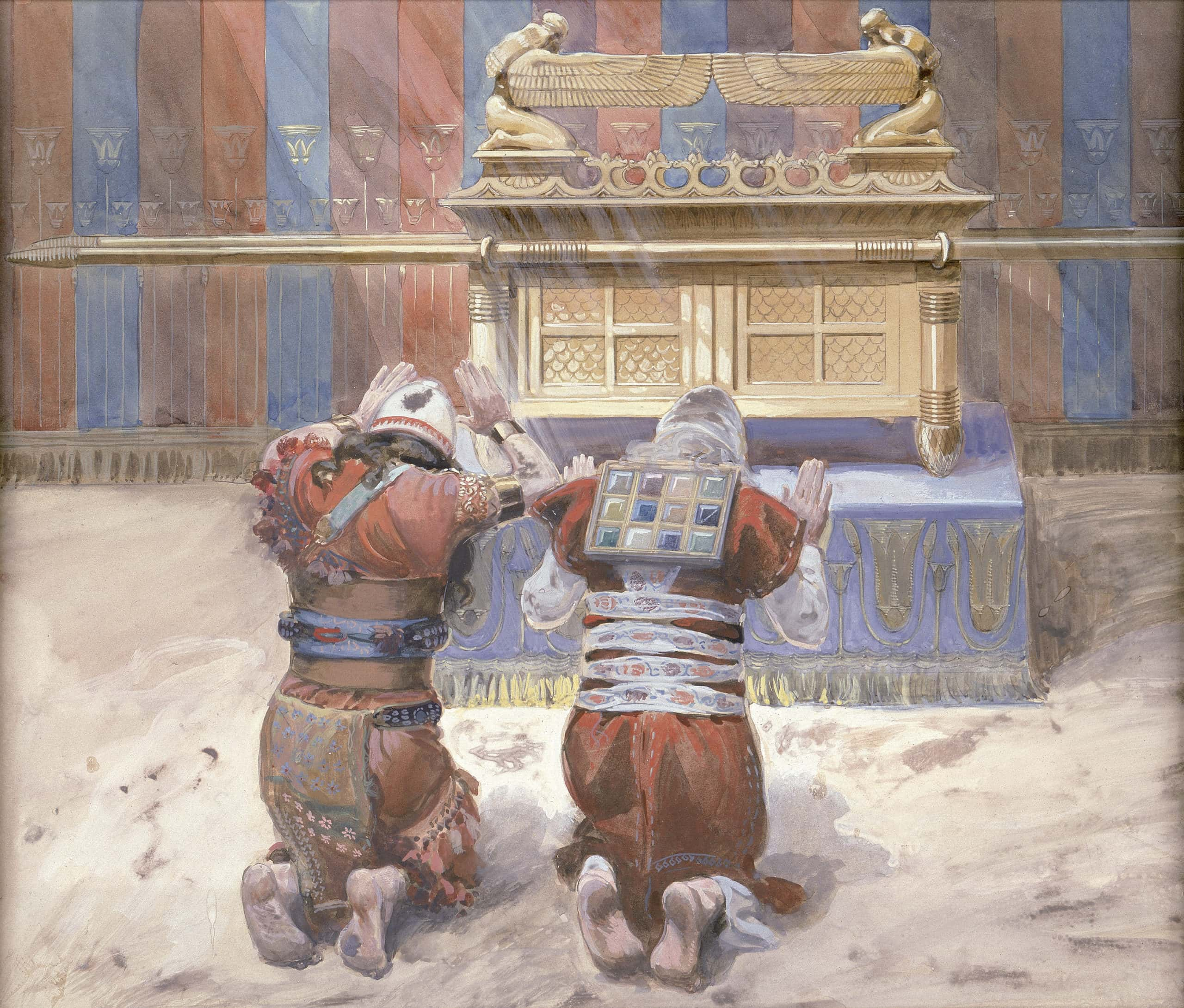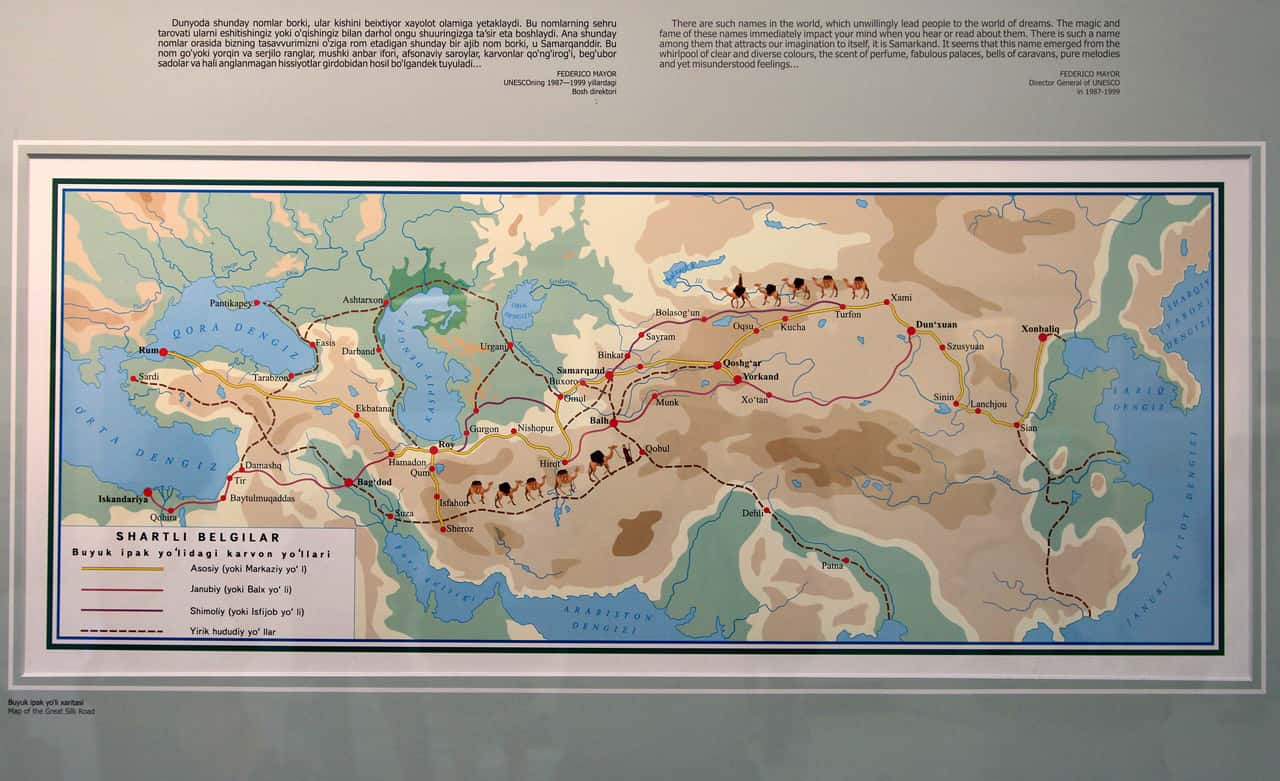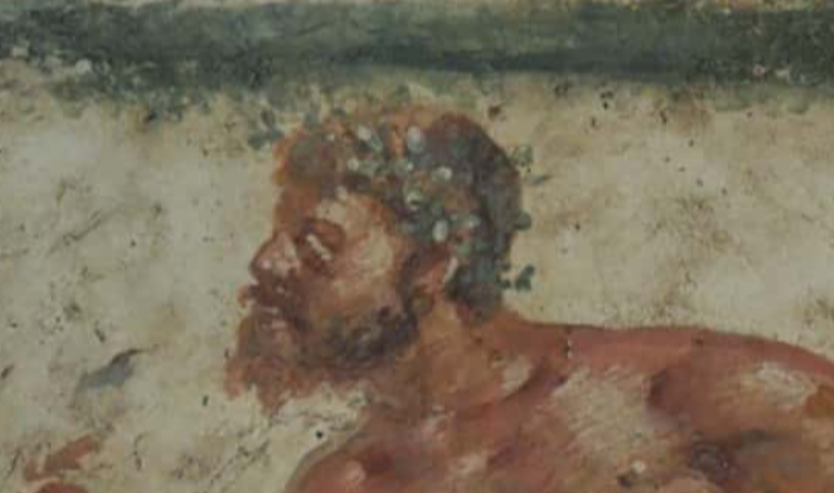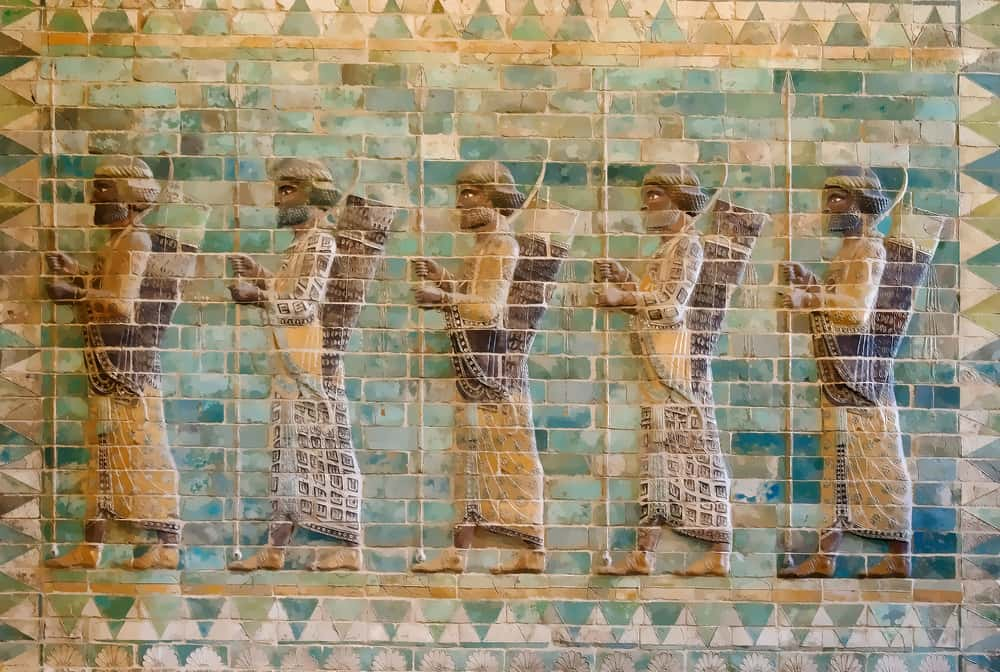"History... is an aggregation of truths, half-truths, semi-truths, fables, myths, rumors, prejudices, personal narratives, gossip, and official prevarications. It is a canvas upon which thousands of artists throughout the ages have splashed their conceptions and interpretations of a day and an era. Some motifs are grotesque and some are magnificent".—Philip D. Jordan
When people talk about ancient history, images of gladiators, pharaohs, and Alexander the Great most frequently come to mind, but those topics just barely scratch the surface—it turns out that history is much bigger than that! What we call “ancient history” covers a vast period from basically the beginning of time until the start of the Early Middle Ages sometime around the fifth century, and it's full of strange and little-known facts from east to west. Turns out the some truly inconceivable things happened over that span—and not all of it managed to make the history books. So if you consider yourself a history buff, or if you're just into learning about the most bizarre things that people have ever done, read on and discover 42 weird and secret facts from the depths of ancient history.
1. Ancient Cheese
Feta Cheese, made from the milk of sheep and goats and a staple of Greek cuisine, is one of the oldest cheeses in the world. The cheese dates back to ancient times and is believed to be referenced in Homer’s Odyssey when Cyclops prepares a cheese made from sheep’s milk. It’s also awesome in salads and pasta, so the ancient Greeks were definitely onto something!

2. Lead Head
Ancient women didn’t have the luxury of walking into the pharmacy and picking up some hair dye. Some civilizations used plant materials to paint their hair, but some used far less appealing concoctions. The Ancient Greek/Roman version of a permanent paint was a chemical concoction that consisted of sulfur and lead. Seeing as they didn’t really know much about chemistry, the dyes caused some pretty severe health problems, but at least their hair looked good!
3. Unbreakable Blades
The Aztecs were fierce warriors and they had a weapon known as a macuahuitl that had a pretty killer design. The sword-like instrument was made of wooden club with obsidian blades around its edge, and was used for close combat. The blades were intermittently arranged with gaps along the sides, or close together forming a single edge. The design of the blade was so clever because it was extremely difficult for the blades to be be pulled out or broken, giving the wielder a serious advantage!
4. Throwing Stones
The Ancient Celts have something of a reputation for being barbarians, and some historical sources claim that they sacrificed humans and animals. Ironically, these "sources" tend to be of Greco-Roman origin, and let’s just say that this is a case of the pot calling the kettle black. The Ancient Greeks organized games that had humans fighting each other to the demise, and the Ancient Romans made their prisoners fight each other or vicious animals inside public arenas. For that matter, King Agamemnon of Greece is said to have sacrificed his own daughter, so the Celts look pretty tame by comparison.
5. Criminally Famous
The expression "Herostratic fame" means achieving fame by offender or disreputable means, and is derived from the ancient Greek arsonist Herostratus/Erostratus. This nutjob is known for burning down the Temple of Artemis in Ephesus and bragging about it after! Now you may be wondering why he would deliberately burn down one of the Seven Wonders of the Ancient World, and the reason is simple—fame! His main goal was to go down in history, which he definitely did, but not by any honorable means.
6. Improving Cleavage
For all of time women have been finding ways to improve their looks, and it turns out that ancient women were just as obsessed with making their chest look bigger as modern women are today. In ancient times, women would put homemade growth creams on their chest to make them bigger or massage coconut oil into their skin. It wasn’t until the end of the 19th century that chest enlargement surgery became a thing, so these women had to get creative!
7. It’s Her Time of the Month!
Ancient Egyptian health care was pretty sweet, and archaeological evidence suggests the workers who were hired to build the pyramids were well-taken care of. In fact, there is even an indication that the men got time off to look after their wives and daughters when they had their periods, which is definitely unheard of today! So next time your boss tells you "Hey, it's not like you're building the pyramids!" you can remind them that that actually would have been a pretty sweet gig!
8. Chinese Da Vinci
Predicting and monitoring earthquakes is pretty easy today thanks to the seismograph, but a little-known fact about this modern instrument is that its ancestor, the seismoscope, was invented by a Chinese astronomer and literary scholar by the name of Zhang Heng. In AD 130 Heng invented the first instrument for monitoring Earthquakes, and it could even pinpoint the general location of a quake. It turns out that Heng invented a lot of cool stuff and made serious contributions to astronomy and math, but it wasn’t until after demise that he received the bulk of his honors.
9. Profiting from Pee
In ancient Rome, human urine had a lot of applications and was a pretty valuable product, but Emperors Vespasian and Nero figured out a way to make a profit from people’s pee. They imposed a tax on acquiring urine, and Vespasian took things a step further, ordering public pay toilets to be built. The urine from the toilets was collected for tanning leather and cleaning clothes, though I have no idea how they kept the clothes from smelling like pee!
10. Roman Barbie
Despite getting married before they even reached their teens, ancient Roman girls still had a little bit of time to play with toys, and particularly dolls. At the end of the 19th century, a wooden doll was discovered in a sarcophagus belonging to a second century Roman girl along with a little box of clothes. The doll had a much fuller figure than the modern Barbie, but was otherwise pretty similar.
11. Crocodile Cure
In ancient times it was pretty common to use animal dung as a treatment or a cure for various diseases. In ancient Greece, crocodile poop was used as a female contraceptive, and in ancient Egypt, warriors used animal dung to treat battle wounds. Sheep droppings were used by the Scots to treat smallpox, and pig dung was used to stop nosebleeds. Thank goodness someone invented Kleenex!
12. East Meets West
Alexander the Great was one of the first Western rulers to introduce India to Greek culture and to the rest of the Western world. After his end the link fell apart for centuries, only being restored in 1498 when the Portuguese explorer Vasco da Gama landed in Calicut, India.
 Alexander (2004), Warner Bros.
Alexander (2004), Warner Bros.
13. Respect-Not Ridicule
In modern movies/television, dwarves are often depicted as outcasts or in a comical way, but in ancient Egypt, dwarves were revered and even worshiped. Dwarves held official jobs in all facets of society and the Egyptians had several dwarf gods such as the god of luck, dreams and dancing and the god of arts, crafts, and creativity.
14. I Wish We Hadn’t Done That
The Ancient Greeks are responsible for inventing the medium of live theatre, but a study of classical texts revealed that they actually regretted their creation. While theatre was originally devised as a means of honoring the gods, it evolved into a lot of vain, self-obsessed idiots creating absolute drivel, making them wish they’d never conceived of it. Oh boy, if they could only have seen Hollywood...
15. Sleep With my Wife—Please!
The Ancient Arabs practiced a custom called wife-lending which was an early form of genetic selection for reproduction. Lower-ranking families would lend their wives to a man of great distinction to bolster their family line. She’d stay in his house until she got pregnant, and the husband would abstain from intercourse with any other women in order to claim the child. She gets a baby, and the family improves their line. Win-Win right?
 Public Domain Pictures
Public Domain Pictures
16. Original Aryans
The Ancient Persians were actually the original white race, and Iran is Persian for Land of Aryans. One of the white tribes were the Magi, the most famous of whom are the three wise men sent to bring gifts to the newborn Christ in the New Testament.
17. Let it Out!
In the Ancient world, you’d probably be wise not to admit to having a headache among other things as doctors might attempt to cure you by drilling a hole in your head. The practice of trepanation was used to cure convulsions, headaches and infections, and doctors believed that they were caused by evil spirits being trapped inside your head that needed to be let out. An exorcism would probably have been less painful!
18. Protecting their Protectors
Spiked dog collars were an invention of the ancient Greeks, but not to make their dogs look mean or scary. Farmers kept dogs to guard their assets (namely their livestock) and the leather collars were studded with nails to protect the dog’s neck from a wolf attack while they did their jobs.
19. A Sticky Mixture
Finding ways to increase intercourse performance was a specialty of the ancient Greeks, and one of them involved smearing a honey/crushed pepper mixture on their penises to make their erections "stick" around for a long time. Makes perfect sense!
20. To Your Health!
Toasting at weddings, parties and special occasions is common place today, but the tradition of toasting dates back to ancient Greece. The host of a dinner party would take the first sip of booze to make sure there was no poison in it, which is where the phrase “drinking to one’s health came from". In ancient Rome, they would literally drop a piece of toast into each grape booze glass in order to dilute any bad tastes and flavors, thus giving the practice its current name. Salud!
21. Anyone’s Game
In most kingdoms, the heir to the throne was usually the son, but in Ancient Egypt, either gender could inherit the throne. Men and women enjoyed almost equal rights, and the family line was drawn from the mother’s side and not the father’s. Talk about forward thinking!
22. Bride for Sale!
Marriage in ancient Babylon had nothing to do with happiness and everything to do with ensuring procreation, so there was no reason for a couple to meet before their marriage. At marriage markets, young women were lined up in front of the men and auctioned off to the highest bidder. The prettiest girls went to the wealthiest men and the ugly ones went to the commoners- mostly because the commoners weren’t even allowed to bid on the pretty brides.
23. Trajan’s Market
Modern shopping malls have movie theatres, food courts and amusement parks and shops of all varieties, and we have Emperor Trajan of Rome to thank for it. Trajan’s market, built around 100-110 AD, is the world’s oldest shopping mall and consisted of several levels, drinking establishments and of course, shops! The only thing it needed was an ATM!
24. Does it Make Sense When I’m Inebriated ?
Most people would think that it’s wise to make important decisions when they’re sober, but the Ancient Persians had a different view of the matter. Whenever they made an important decision, they’d get inebriated immediately after and then debate it to determine whether or not it was the right choice. They believed that a person couldn’t lie when they were inebriated, so if they still felt the same way about their decision after consuming copious amounts of booze, then they figured it was the right one.
25. Controlling the Flow
The Sumerian people were some of the earliest occupants of Mesopotamia (modern day Iran and Iraq) and the first people to be able to put down permanent roots thanks to an important technological invention: They figured out how to build levees to control the flow of the Tigris and Euphrates rivers, which in turn gave them access to a steady food supply, which meant they didn’t have to move around and could settle down and form the first civilization. It would more than a thousand years later before civilization would reach Europe.
26. Technically Lawful
In Greek and Roman Society there was nothing taboo about prostitution, but the money earned was considered taxable income and was controlled by the State. While male/male prostitution was technically lawful, any men caught performing intercourse acts for money were subject to certain punishments. They would lose all of their civil rights and be banned from public speaking or serving as a magistrate. Since that would pretty much ruin the lives of ordinary citizens, most prostitutes were either slaves or foreign residents who didn’t have any of that stuff to begin with.
27. Get Out!
Divorce in ancient Greece was far simpler than it is now and there were no lawyers and court cases involved. If the woman wanted a divorce, all she needed was a guy to represent her and make a deal for her. If it was the man who wanted the divorce, all he had to do was kick his wife out of the house and the deed was done.
28. Sacred Duty
Prostitution in ancient Babylon was a sacred act that women performed for the goddess Mylitta. The women would go to the goddess’ sacred temple where she would have intercourse with a stranger for a fee, but there was a catch: She couldn’t go home until a stranger had tossed silver into her lap and had intercourse with her outside of the temple. If the woman was attractive, this could happen pretty quickly, but if she was unattractive, it could be years before she could fulfill her duty. It literally paid to be beautiful.
29. King of the World (or at least half)
Cyrus the Great was a pretty amazing conqueror, and he managed to amass so much territory that by 486 BC, the Achaemenid Empire consisted of almost half of the entire world’s population. They may not have been the first people to settle in Iran, but their quick expansion made them the largest empire in the ancient world at the time.
30. A Woman’s Battle
In the Aztec civilization, childbirth was treated with the equivalence of going into battle. Expectant mothers were assigned midwives who treated successful births like winning a battle. If a woman perished in childbirth, she was treated the same as a fallen warrior, and given special honors in demise. The Aztecs also believed that women who perished giving birth could come back to Earth and haunt the living, so sending them off to heaven happy was a wise idea.
31. Not Just a Pretty Face
The majority of girls in ancient Rome were given a basic education in reading and writing, but families who wanted their daughters to get a wider education would hire tutors to give them advance lessons in grammar and Greek. The better educated a girl was, the more interesting and better a companion she was, and the more influence she wielded. In other words, there were definite advantages to exercising their brains!
32. Who Built it?
The Great Sphinx of Egypt is one of the great mysteries of the ancient world. While scholars have learned a great deal about how it was built, they still have no idea exactly when it was built. Egyptologists believe that it was built around 2500 BC for the Pharaoh Khafra, but new archeological and geological research suggests that it is much older than that. As of yet there have been no texts, symbols or inscriptions discovered that shed any light on why exactly it was built and what it was for, so that too remains a puzzle.
33. Before Pythagoras
1,000 years before Pythagoras figured out his famous mathematical theorem, a Babylonian not only discovered it first, but mapped a series of trigonometry tables with a clay tablet and a reed pen that are more accurate than anything they teach you in math class. The 3700-year-old tablet is believed to have been used to plan out the construction of monumental structures, and is an example of the high degree of sophistication of Babylonian mathematics.
34. Taking the Sting Out of It
For thousands of years, the Mayan people kept stingless bees as pets in hives around their homes. The hives, which could last for over 80 years were passed down from generation to generation and were thought to represent their bee-god Ah-Muzen-Cab. Stingless or not, the handlers had to be extremely careful not to damage the hives or else they wouldn’t get any honey and the hives would be useless.
35. The Lost Ark
How does an ancient, sacred artifact disappear from history without a trace? This is the question that archeologists have been asking for centuries. The Ark of the Covenant wasn’t exactly small. It was described in the bible as being about the size of a 19th century pirate’s chest, was made of gold-plated wood, and had two large golden angels on top. The Israelites carried it everywhere they went by inserting poles on its sides (handy), and it was linked to several miracles. When the Babylonians conquered the Israelites around 597 BC, it simply vanished, and nobody knows what happened to it. While there does seem to be some historical evidence for it actually existing, real-life Indiana Joneses have been searching for it without any luck for centuries.
36. Silk Road City
In the winter of 2018, scientists uncovered the ruins of a 2,200-year-old lost city which they believe was connected to the Silk Road—a series of trade routes that connected the East and West in the ancient world. The city was found in the Koyuk Shahri area of China and was believed to have been used as a Chinese army base and was a major hub before it was lost. Not much is known yet about what caused the city to disappear, but thanks to the wonders of technology, the answer should be revealed as researchers get more time with the site. Even today, there still remains plenty of lost history to be discovered by science!
37. Three Times Only
Men in Ancient Rome had complete authority over their wives and children, and it was completely their prerogative to decide whether or not he wanted to keep a newborn baby. If he wanted to, he could sell his son into slavery, but with a particular caveat. If the purchaser no longer wanted or needed his slave, the father could take him back and sell him again, but he could only do it three times. If he really wanted to, he could have the unwanted sons put to end, but luckily for them, it wasn’t a frequent occurrence.
38. Nothing to Brag About
In modern society, being well-endowed is something most men hope to lay claim to, but in Ancient Rome, it was quite the opposite. Rather than being considered highly masculine or making them highly adept at intercourse, a person with a large intimate organs was seen as a barbarian or a fool. Large penises were mostly used as good luck charms, as something to laugh about, or to guard against evil, but all art and sculpture of Roman heroes depicted them with small and compact packages.
 Barbarians Rising (2016– ), History Channel
Barbarians Rising (2016– ), History Channel
39. Keeping Out the Riffraff
Today, if someone wants to keep out trespassers they build a fence or a wall, or maybe just get a guard dog, but in ancient Rome, they had a rather unique way of dealing with unwanted intruders. Statues of the god Priapus, complete with erect penises, were placed in market gardens throughout Rome. The Romans believed that Priapus would impose severe intimate punishments on anyone who entered without permission, and whatever that entailed, it was a good enough deterrent to be effective.
40. Underwater City
At the bottom of China’s Fuxian Lake lie the remains of an ancient city that covered an area of 2.4-2.7 square km and is estimated to be around 1,750 years old. The city might have been part of the lost Dian Kingdom, which was an advanced civilization that mysteriously disappeared after 86 BC. There are many theories about how it ended up at the bottom of the lake, including earthquake, but until more of the area is properly explored, we may never truly know what happened.
41. Chemical Conflict
Many people think that the use of chemical conflict originated in WWI, but there is archaeological evidence to prove that the Ancient Persians knew about it and used it as far back as 2,000 years ago. During the 721-year conflict between the Persians and Romans, the Persians released gas into a Roman tunnel, ending 20 Roman army men almost instantly. The Romans tried to counterattack, but those crafty Persians used the bodies of their victims to hold back their attackers.
42. Even Death Shall Never Part You
Becoming widowed in ancient India did not mean that the widow could mourn and move on—or at least not in life. A practice known as Sati was based on the belief that a woman basically had no entitlement to live without her husband, and she would either have to be burned alive in her husband’s funeral fire or be buried alive next to his body. Both were pretty gruesome ways to go, so women probably prayed that they perished first (of natural causes of course).
Sources: 1, 2, 3, 4, 5, 6, 7, 8, 9, 10, 11, 12, 13, 14, 15, 16





